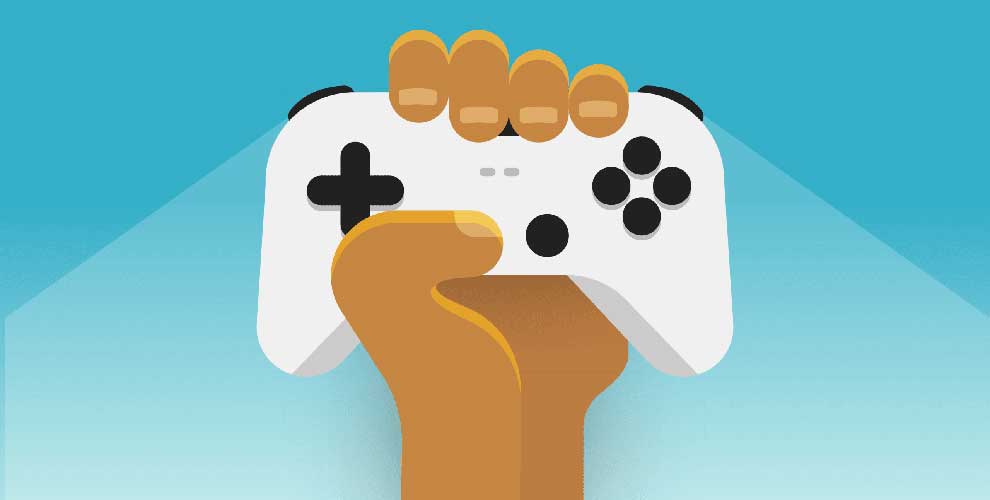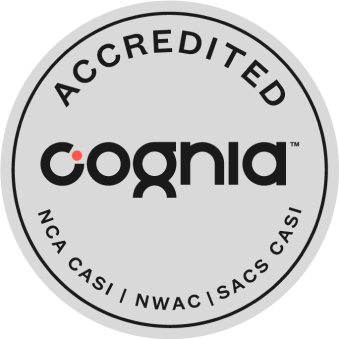Competitive Gaming and Your Student: Friend or Foe?
With summer in full swing, your student may want to ditch the books, and go into serious gaming mode. While you may be groaning about the extra hours of screen time, just know that your teen is not alone in their quest to make the next level or fight off hordes of monsters. The competition to do so is fierce, incredibly popular, and even lucrative.
Here’s a brief overview of what parents should know about competitive gaming—as well as warning signs to look out for if you think your student’s hobby is becoming too much.
So, what exactly are Esports?
Electronic Sports (Esports) is a form of competition that is facilitated through computer gaming. It’s a global phenomenon with games such as “Fortnite”, “Overwatch” and “League of Legends” leading the way. Around 90% of teenagers play video games and around 8,600 high schools in the United States have started gaming teams and clubs. More than 170 colleges and universities take part in Esports, alongside a professional gaming industry that generated more than one billion dollars in 2021. Those numbers are only projected to increase in 2022 as these activities become more popular.
Esports teams and clubs have been credited with reducing truancy and increasing student engagement. More importantly, this extracurricular gaming may even have a hand in enhancing your student’s academic interests and performance. As some teaching professionals are finding, Esports encourage communication, collaboration and problem-solving, all of which are highly coveted skills. Student gamers are forming communities and developing socioemotional skills that are important in today’s world.
Apart from the “softer” skills, Esports is also proving to be valuable in developing skills in data science, high-end theory crafting, math, technology, and engineering. Dr. Constance Steinkuehler, Professor of Informatic at University of California, Irvine led a three-year study which reflected significant outcomes. The researchers reported increased student interest in learning about STEM and STEM-related careers, along with enhanced analytical skills.
The North America Scholastic Esports Federation (NASEF) promotes its mission to develop STEAM-based skills through its clubs, classes, and events. This organization is connecting learning and playing both in and out of the classroom. Its vision to provide students the tools to become educated, productive, and empathetic individuals certainly surpasses any goal of your local arcades back in the day!
Health risks associated with participating in Esports
- Obesity
- Poor sleep or insomnia
- Behavioral problems, including impulsive actions
- Loss of social skills
- Violence
- Less time for play
- Eye strain
- Neck and back problems
- Anxiety
- Depression
- Difficulties with work or school
Can competitive gaming be addictive?
The World Health Organization (WHO) has added “gaming disorder” to its International Classification of Diseases:
“Gaming disorder is defined in the 11th Revision of the International Classification of Diseases (ICD-11) as a pattern of gaming behavior (“digital-gaming” or “video-gaming”) characterized by impaired control over gaming, increasing priority given to gaming over other activities to the extent that gaming takes precedence over other interests and daily activities, and continuation or escalation of gaming despite the occurrence of negative consequences.”
If your student starts displaying the warning signs listed by the WHO, or you think they have an unhealthy relationship with gaming, you may want to consult with your pediatrician or a behavioral or addictions specialist.
The takeaway
Esports can be a healthy part of your student’s downtime, and can even contribute to their well-being and academic success. However, understanding the risks involved are important in determining how much may be too much, and when it’s time to hit the “off” switch.
Trying to encourage a little more reading and little less screen time? Check out this article on how to make a summer reader out of your student.






